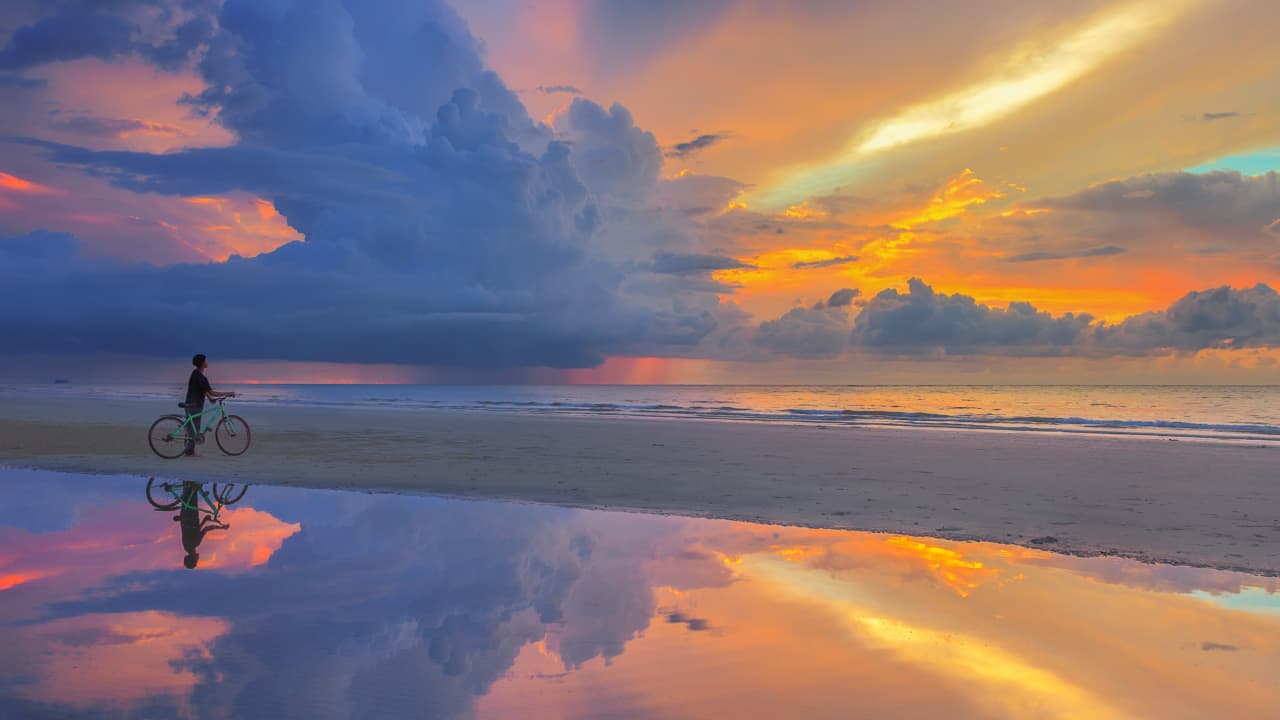
A common question that aspiring new filmmakers ask when getting started is ‘How do I make my films look more cinematic?’ Despite lots of advice to the contrary, there is no easy answer.
When it comes to advice for new filmmakers on making their films more cinematic, most of the answers lead toward either some new piece of gear or a formula. Shoot with anamorphic lenses! Use a camera with a bigger sensor! Use film grain! Make it teal and orange! Use a gimbal!
As one might expect, most of this advice doesn't work. Many times the newbies pick one suggestion and try it. Then, when it doesn't work, they pick another piece of advice and try that one with the same result.
The reason that so little of the advice ends up working is that the people offering it rarely stop to consider the fact that every story is different. Here are some of the often cited ways to make a movie look “more cinematic.”
Suggestion One: Use anamorphic lenses
Anamorphic lenses are very appealing. Their horizontal stretch makes for a wide, panoramic images that can be very pleasing, as are the stretched lens flares. Anamorphic bokeh can also be quite pleasing.
So, shoot with anamorphic lenses and your film will look more cinematic!
Fair enough, but this one doesn't;t stand up. Look at Roger Deakins. No one will deny that Roger Deakins’ work is cinematic, yet Roger Deakins prefers spherical lenses.
That is not to suggest that no one should ever use anamorphic lenses, of course; cinematographer Jeff Cronenweth used anamorphic lenses for Ridley Scott’s Blade Runner. It is just not an absolute given. Next!
Suggestion Two: Use fast lenses and shoot wide open! Embrace the bokeh!
One of the most infamous examples of this approach is Zack Snyder’s Army of the Dead film which Zack Snyder shot the entire film at T/2, leading to depth of field so shallow that it was actually distracting. The film was largely panned, and the pointlessly shallow depth of field definitely did not help. The depth of focus was so shallow that Snyder might as well have just filmed the whole thing in front of a matte painting.
The setting is part of the film, so blurring into anonymity is actually just removing a major part of the story from the story. While there are times when an extremely shallow depth of field is useful for story reasons, such as the tripwire reveal shot in Blade Runner 2049, it’s definitely not a formula for making a film “more cinematic.”
Counterexample: There’s a reason that a depth of field so shallow that an actors nose is blurred when the camera is focused on their nose is the exception rather than the rule. Even Kenneth Branagh received some well-deserved flak for using such a shallow depth of field that the location of one of his Shakespeare adaptations essentially vanished in a puff of bokeh.
Suggestion Three: Buy a camera with a full-frame sensor
No. And there's a great example here if anyone pushes you in this direction. Again we can refer back to Blade Runner 2049. Roger Deakins used Alexas for that, even though at the time the Alexa 65s were available. And, as you will not doubt already have surmised, if Deakins does it, then it's good for everyone.
The correct answer
What all of these formulaic answers have in common is the same thing that makes them all essentially incorrect answers to the original question: not one of them accounts for what movie the person asking the question wants to make next.
No carpenter arrives at a work site with a toolbox full of identical screwdrivers. That toolbox will have a variety of tools in it to cover almost every aspect of carpentry.
The decisions about what tools the shoot requires should be based on the shoot itself. That is part of what pre-production is for. Decisions about whether to use anamorphic lenses or spherical, how much depth of field to light for, and the aspect ratio and look of the final film depend on the artistic requirements needed to evoke the emotional response of the story.
All this is part of the pre-production process. The look development begins there. It is where professionals do the majority of the creative work of developing the look and style of the film, decide on what coverage to capture, and how each scene will be blocked and lit. This is where a 'cinematic look' evolves.
Cinematic is not a style, it’s not a formula, and there is no magic bullet. It’s a craft.
A film that is cinematic is a film that tells a story visually. End of discussion.
Tags: Production


Comments